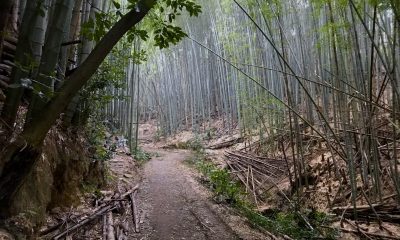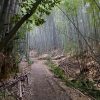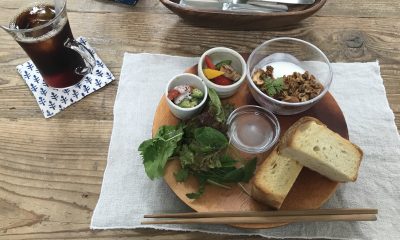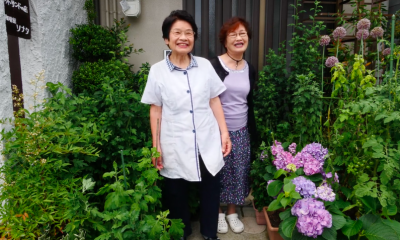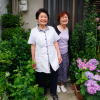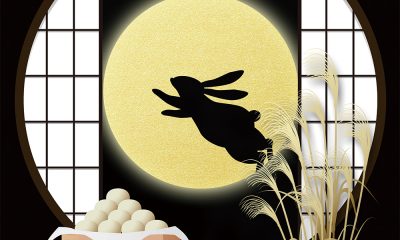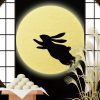Feature
The Lesser-known Pilgrimage
KS investigates the Jusan Butsu, a short but fascinating pilgrimage that winds through some of the best sights in Kyoto.
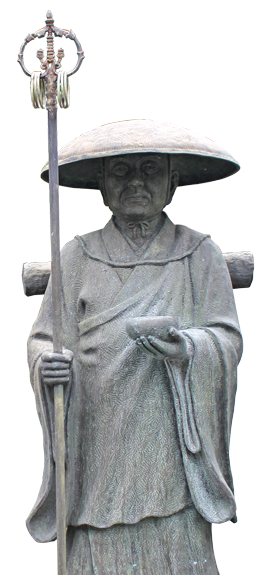 Kyoto is renowned for being home to many of Japan’s pilgrimage routes. Some of the biggest pilgrimages attract hundreds of thousands of people and are covered in the newspapers. While the more famous trails are a once-in-a-lifetime experience because of the amount of time they take, many visitors overlook the smaller pilgrimages that can be done in just a day or two.
Kyoto is renowned for being home to many of Japan’s pilgrimage routes. Some of the biggest pilgrimages attract hundreds of thousands of people and are covered in the newspapers. While the more famous trails are a once-in-a-lifetime experience because of the amount of time they take, many visitors overlook the smaller pilgrimages that can be done in just a day or two.
One of the best of these shorter pilgrimages is the Jusan Butsu (13 Buddhist Icons) course in Kyoto. The icons included are an assortment of statues dedicated to the most important figures in Buddhism. With only 13 temples, this shorter course doesn’t have the scope of the longer pilgrimages, but it makes up for this by offering a fascinating setting, some of the best natural sights in the area, and a chance to visit some local areas most visitors miss.
As well as all these attractions, this route can be a lot of fun for parents of elementary school children, as most pilgrims travel with an ornate book called a noukyouchou for collecting stamps from each temple. To receive one of these stamps, look for signs marked 納経 noukyou at the temples. Simply hand in your book and the staff will stamp a page, draw calligraphy around the stamp to authenticate it, and insert it into the book. Thankfully, there is only a small charge for the service, usually around ¥300 per page and ¥1500 for the book itself.
If you are going to buy a noukyouchou as a souvenir, the books that you find at Touji and Kaikouji temple are the ones to get. These books have all 13 Buddhist icons on the cover and are filled with beautiful Japanese writing. For those on a tighter budget, there are reports on the Internet of staff at the temples taking pity on visitors and agreeing to stamp convenience-store notebooks, but don’t count on it.
Once you have decided whether to buy the noukyouchou or not, your will then have to decide whether to undertake the pilgrimage in the official order, or to create your own route. The official Japanese pilgrimage route starts at Chishakuin, then moves on to Seiryouji, Kaikouji, Daikoumyouji, Daizenji, Sennyuuji, Hyoudouji, Senbon Shakadou, Ninnaji, Houkongouin, Zuishinin, Touji, and Hourinji in that order.
If you use a search engine to research this route, the official order makes no logistic sense as it crisscrosses over Kyoto, often doubling back on itself. Therefore, because of its closeness to Kyoto and special status, I decided to start at one of the final temples on the official route: Touji. This allowed me to pick up the noukyouchou, then cross the road and take the eastbound bus to Shichijou. From this bus stop, Chishakuin, Sennyuuji, and Kaikouji are all within walking distance. After this, taking the JR train from Toufukuji to Hanazono puts you close to the majority of the remaining temples.
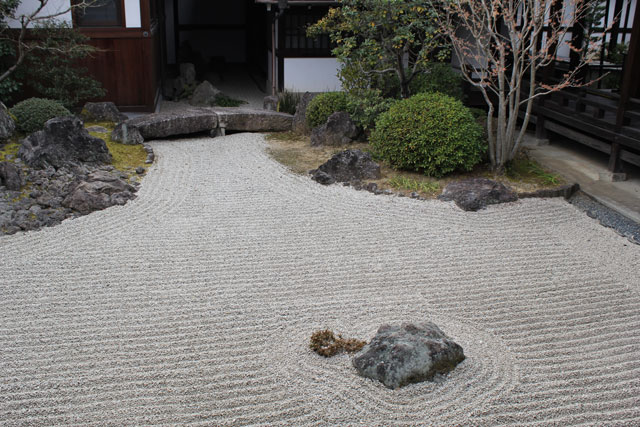
While you will inevitably spend some time on buses and trains, it is best to organize your trip so that you walk around as much as possible, as a lot of the routes take you through local areas that you would otherwise never visit. Winding your way through these minor streets offers you a great chance to find some quaint little bakeries and restaurants with local cuisine. Of course, if all the walking sounds a little exhausting, another option is to rent a bicycle from one of the shops near to Kyoto station and pedal around.
One of the advantages of walking or cycling is having the chance to take in some of the natural charms of these areas too. The path that leads to both Kaikouji and Sennyuuji travels through a beautiful natural area with many other tiny temples tucked away. If you have plenty of time, spending some of it walking through the gardens at Seiryouji and Chishakuin is recommended. Depending on the season, the lotus blossoms and herons at Houkongouin, and the autumn colors at Senbon Shakado are also well worth taking time to enjoy.
As well as the natural setting, many of the temples are still active, so expect to see monks in colorful robes chanting their prayers as you walk around. Because of this active religious community, a lot of unique items that would otherwise be in danger of being lost are maintained. The Jusan Butsu icons themselves are perfectly preserved, alongside other attractions such as the ancient wooden oshaka statue at Kaikouji which has been maintained in its original condition and the sliding doors at Chisakuin that date back to the 16th century.
If you want to join the pious and take part in some of the prayers yourself, the procedure is simple. First, you will need to put a donation in the donation box, then ring the gong three times, put your hands together, and say a prayer. After the prayer, a candle or incense stick can be offered to each of the ‘Three Sacred Jewels of Buddhism’: the Buddha, the Dharma, and the Sangha. These goods are sold at the small stores inside each temple.
Taking the Jusan Butsu pilgrimage is a great way to walk through some parts of Kyoto that most people don’t visit, see some unique and exciting sights, and experience the religious sites thatare so important for the Buddhist pilgrims. While most people will need a weekend to see all the icons as well as their fascinating settings, for those on a tighter schedule, visiting half these temples is a great way to spend a day.
More Info
Most of the temples close at 4pm or 4:30pm, so plan accordingly.
Most buses only accept the correct change, so either bring lots of spare change or buy the bus pass from the tourist information booth at Kyoto station.
If seeing all the Jusan Butsu is a priority, check availability for the Buddhas before visiting.
The routes take you near such attractions as Fushimi Inari from Shichijo station.



